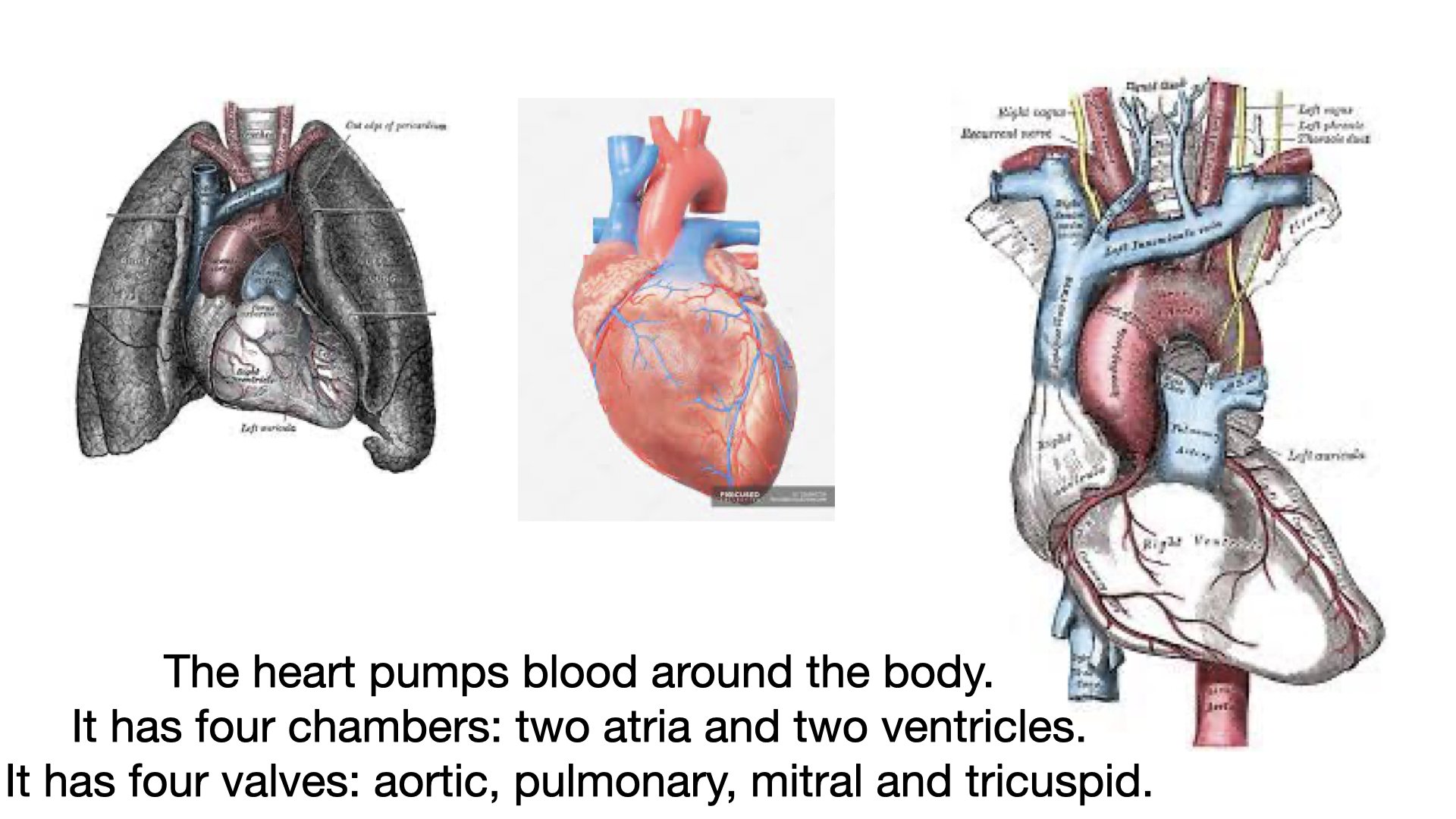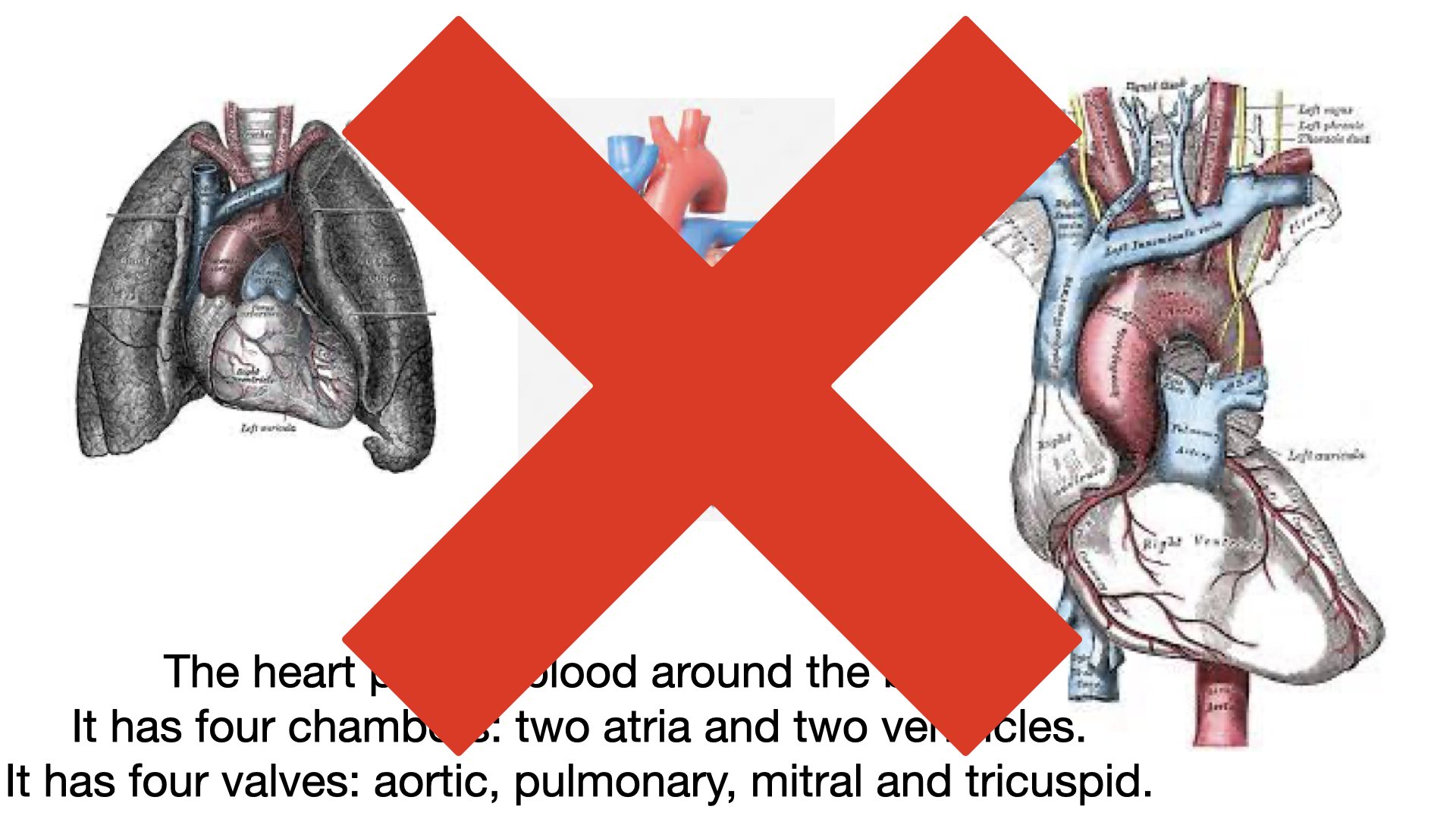Richard Mayer is an educational psychologist and Professor of Psychology at the University of California. His areas of research are described on his profile:
Dr. Mayer is concerned with how to present information in ways that help people understand, including how to use words and pictures to explain scientific and mathematical concepts. His research is motivated by the question, "How can we help people learn in ways that allow them to use what they have learned to solve new problems that they have never seen before?"
This led him to develop the multimedia learning theory, with principles designed to shape how information can and should be presented to improve learning. Although these principles were designed for electronic learning they contain lessons in information presentation useful for anyone designing and delivering a presentation: how to present information. This is all about cognitive load so if you’ve not heard that expression before make sure you read my blog on the topic and good, bad and ugly cognitive load.
So let’s start, as is traditional, with the first principle.
Principle No. 1: The Coherence Principle
Mayer’s first principle basically states that human beings (i.e. your audience) learn best when pointless information is removed and they’re only shown the stuff that matters. This is about removing extraneous (the bad) cognitive load
Remember the story of the space shuttle Colombia and the slide that killed seven astronauts.
Pick a message for your presentation.
Dump the data don’t data dump.
Lose the long lists.
Focus on what you what to focus on.
One point per slide.





